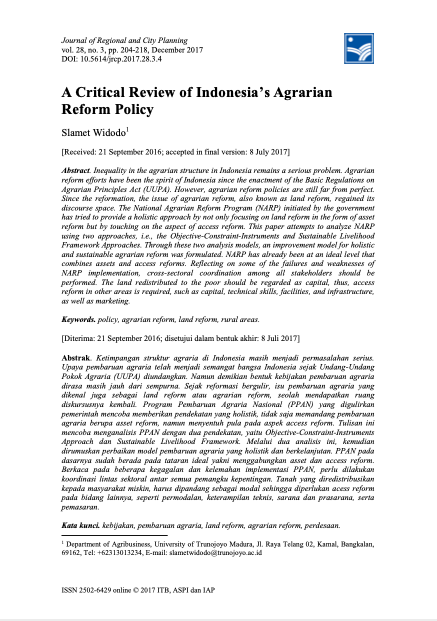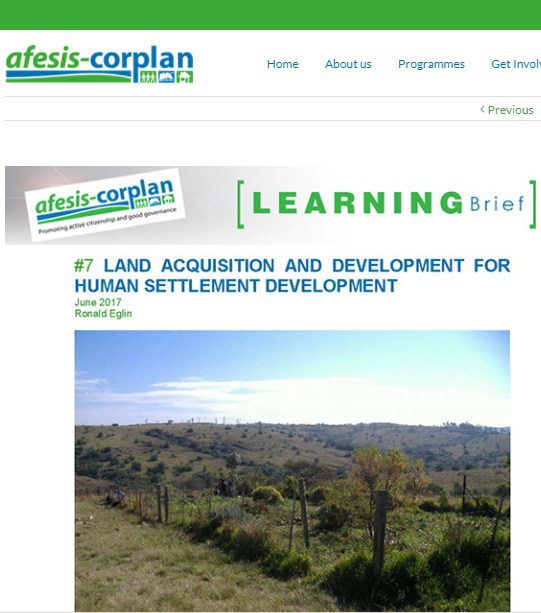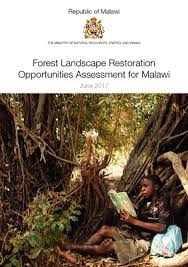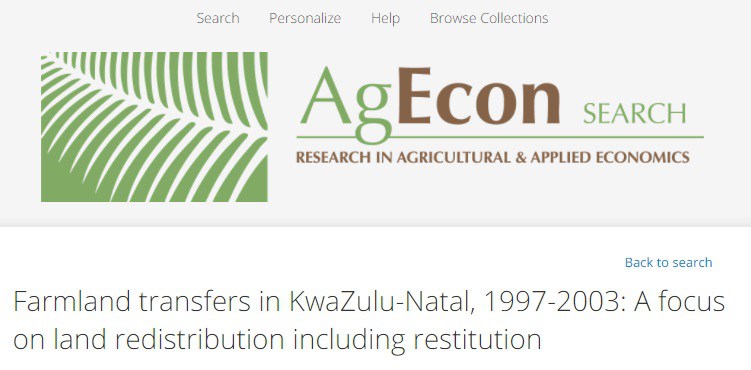Point of adoption
The Voluntary Guidelines on the Responsible Governance of Tenure of Land, Fisheries and Forests in the Context of National Food Security is the first global exhaustive tool on the tenure of land and natural resources developed through an open inter-governmental process with the full and effective participation of a vast array of relevant actors. In such document, internationally accepted principles and norms were established to define responsible practices for the use and control of land, fisheries and forests.
A Critical Review of Indonesia’s Agrarian Reform Policy
Inequality in the agrarian structure in Indonesia remains a serious problem. Agrarian reform efforts have been the spirit of Indonesia since the enactment of the Basic Regulations on Agrarian Principles Act (UUPA). However, agrarian reform policies are still far from perfect. Since the reformation, the issue of agrarian reform, also known as land reform, regained its discourse space.
Interagency collaboration between city planning and environmental protection for reuse of Brownfield site in the United StatesFrom 'site by site' redevelopment toward area-wide revitalization
The change and problem of the social evaluation (Appraisal of Real Estate) to the soil contaminated site
Land in Myanmar: The Year in Review
Since 2012, land governance in Myanmar has been undergoing major changes. This article aims to capture the changes of the last year, framed through my perception of working as a consultant for a range of local NGOs, INGOs and donors. While this will inevitably be coloured by my own experience, I hope that I can present for wider discussion and reflection some of the key events and issues that I have found interesting over the past year...The Myanmar National Land Use Policy (NLUP) was published in March 2016, after 2 public consultations that took place during 2014 and 2015.
Discontents in Japan’s aid discourse in Africa: Land grabbing activism in Tokyo International Conference for Africa Development (TICAD) process
Political resistance towards international development is a prevalent theme in global civil society and
PATHWAYS OUT OF POVERTY: Improving Farm Dwellers' Tenure Security and Access to Housing and Services
Twenty years after the end of apartheid farm dwellers remain some of the most vulnerable people in South Africa, with many still facing extreme tenure insecurity and lacking access to adequate housing and basic services.2 The approximately three million black South Africans (6% of the population) who live on privately owned farms in formerly white commercial farming areas are among the poorest South Africans,3 whose vulnerability is exacerbated by their “socio-economic marginality and geographical isolation”.4
land acquisitions and development for human settlement
As a country we need to prioritise the acquisition and development of land for settlement purposes if we are to make any impact on the demand for housing. Between 1994 and 2014 the South African government provided more than 2.5 million houses and some 1.2 million serviced sites, but the housing backlog nevertheless increased over this same period from 1.5 million to 2.1 million units
Forest Landscape Restoration Opportunities Assessment for Malawi
This report presents the results of the National Forest Landscape Restoration Assessment (NFLRA) for Malawi. The NFLRA process was launched in February 2016 by the Minister of Natural Resources, Energy and Mining in close collaboration with government departments in the Ministries of Agriculture, Water and Irrigation; Lands; Local Government; Finance; Gender and Social Services; and other concerned stakeholders.
The EU’s ecological focus areas – How experts explain farmers’ choices in Germany
Ecological Focus Areas (EFAs) have recently been introduced as key element in the greening of the EU’s Common Agricultural Policy. In 2015, farmers across the EU have implemented EFAs for the first time. Data for German federal states indicate a strong variance in EFA decisions with an overall dominance of catch crops, nitrogen fixing crops and fallow land – two of which bear limited benefits for biodiversity conservation. This article explores how experts explain EFA choices.
Farmland transfers in KwaZulu-Natal, 1997-2003: A focus on land redistribution including restitution
Census surveys of land transactions show that 203,300 hectares of KwaZulu-Natal’s commercial farmland transferred to previously disadvantaged South Africans over the period 1997-2003. This represents 3.8 per cent of the farmland originally available for redistribution in 1994. The annual rate of land redistribution in the province fell from a peak of 1.06 per cent in 2002 to 0.41 per cent










